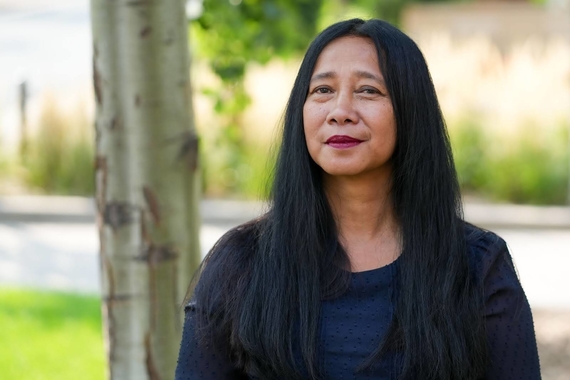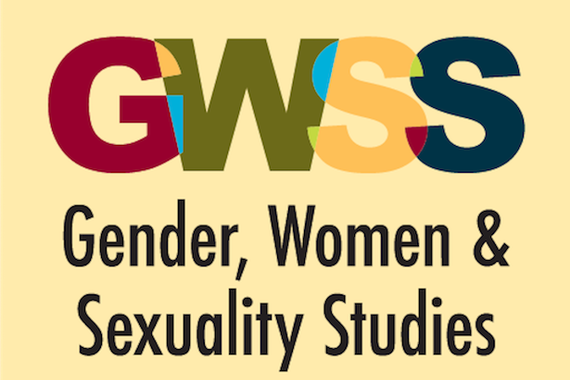Teaming Up Against TB
Chances are you’ve heard of tuberculosis, sometimes referred to as TB. Many people know it as a widespread disease, then called consumption, from the 1800s. What many of us don’t realize is that tuberculosis is still the world’s most deadly infectious disease, which claimed 1.7 million lives in 2016 alone.
The only vaccine available for TB was developed in 1929, and it is largely ineffective.
If this disease still affects so many people, why haven’t any new treatments for it been developed in nearly a century? University of Minnesota professor Susan Craddock asked the same question.
Interdisciplinary Powerhouse
Craddock is a professor in the Department of Gender, Women & Sexuality Studies and the Institute for Global Studies. She is also an affiliate faculty member in the Department of Geography, Environment & Society and is the acting director of the Center for Bioethics.
She describes public health and inequalities as subjects she became passionate about “not in a way that made me want to go to medical school, but in a way that made me want to understand those intersections better.” That’s how she became involved in so many overlapping disciplines.
In the past, Craddock has studied the search for an AIDS vaccine and antiretrovirals (ARVs), which prevent virus growth. In that research, she “examined the policies restricting availabilities of ARVs for the majority of people living with AIDS” and “the politics of AIDS vaccine research, namely the design of clinical trials and the focus on developing vaccines against strains of HIV that primarily affect those in high income, not low income, countries.”
Through her interest in public health and geography, Craddock realized that many of the diseases that affect people in low-income areas go under-funded and under-researched.
These are called neglected diseases.
The Controversy of Neglect
Neglected diseases arose because pharmaceutical companies are not philanthropies. Craddock explains that “they need profit, and so they typically do not develop new drugs and vaccines for diseases that overwhelmingly impact poor people.”
There is much debate over which diseases are truly neglected and what should be done about them. This is in part because, relative to the majority of neglected diseases, some receive far more funding and attention. The Global Fund to Fight AIDS, Tuberculosis and Malaria is one example of this. Craddock still considers these neglected diseases because, while they may get more attention than others, they are still lacking in resources.
Many argue that instead of inventing vaccines and treatments, relief efforts should focus on minimizing global poverty to prevent infection in the first place. Craddock believes that both strategies can be employed at the same time.
“It’s not necessarily either/or,” Craddock says. “For those who already have TB, I think new drugs are necessary. They deserve new drugs. And I think a new vaccine can do a lot, too, but that is not to say that we don’t need to be doing a lot more work than is currently happening in addressing extreme poverty. I think they need to be happening hand-in-hand because those who are at risk right now for TB need a vaccine, but they also need better housing and better nutrition and better employment.”
Craddock then found new collaborations called Product Development Partnerships (PDPs). These organizations work together to address what pharmaceutical companies won’t.
A New Kind of Team
PDPs are controversial in the field of global health for targeting single diseases instead of having a broader target of improving poverty and nutrition. When Craddock started researching them, she saw them as “fascinating sites of scientific innovation and creative financing.” She started calling it humanitarian pharmaceutical production, and she found it refreshingly different.
Like Craddock, this new form of production takes a remarkably interdisciplinary approach to solving problems. She explains that PDP collaborations encourage different scientists to work together, “putting heads together and sharing knowledge and circulating knowledge at the very beginning of research—when it can be really important to be sharing across disciplines: bacteriology, medicinal chemistry, etc. And that’s innovative.”
Craddock studied two PDPs in particular: Aeras, which focuses on vaccine development, and TB Alliance, which focuses on developing treatments. TB Alliance is creating a new drug combination rather than a single new drug because, like AIDS, the bacterium causing tuberculosis is fast-growing and needs to be treated with a drug regimen. These new drugs would not be commercially marketed, and they would be offered at the lowest possible cost.
Some of the highest rates of tuberculosis can be found in Brazil, Russia, India, China, and South Africa. The PDPs that Craddock studied are based in the United States, but they work with local partners around the world to ensure that they are as effective as possible.
“As a collaboration, unlike commercial pharmaceutical companies, they actually go to countries with a high burden of tuberculosis and talk to their ministries of health and their TB programs and physicians, etc, to see how we can make sure that, if a new effective drug regimen comes out... they actually get into the bodies that they need to get into.”
PDPs collaborate with biotech companies, university researchers, government organizations and funds, and a few willing pharmaceutical companies that will do subsidized work. Craddock sees this form of teaming up to prioritize results over profit as “a flexible, interesting blueprint for how to get... scientific research and development done.”
Years of Opportunities
Researching PDPs is different from anything Craddock has done before. She conducted over a hundred interviews—some lasting up to three hours—toured several vaccine plants, and visited a clinical trial site in Cape Town. “With every interview, I felt like I had learned a huge amount, and that was just really gratifying,” Craddock says. “I really loved it.”
Her research was funded by a five-year grant from the National Science Foundation, but the project took about nine years to complete. Now, Craddock is studying the relationship between food and health, including how food can detract from health rather than support it. “This includes when food is unavailable,” she explains, “or when industrial methods of production cause exposures to toxic chemicals or virulent strains of influenza in poultry or pork."
This story was written by an undergraduate student in CLA.



